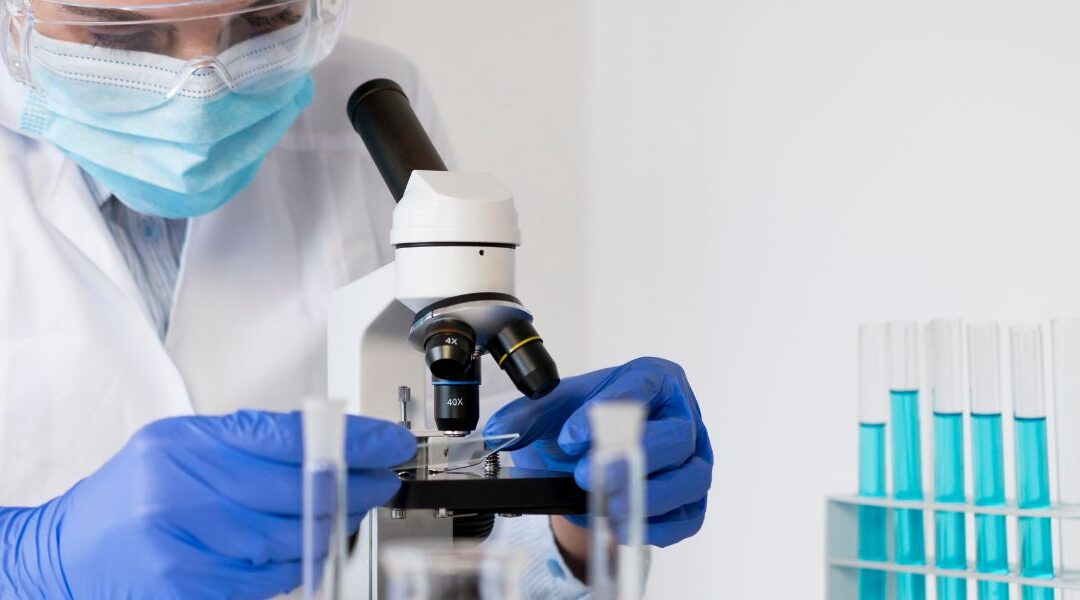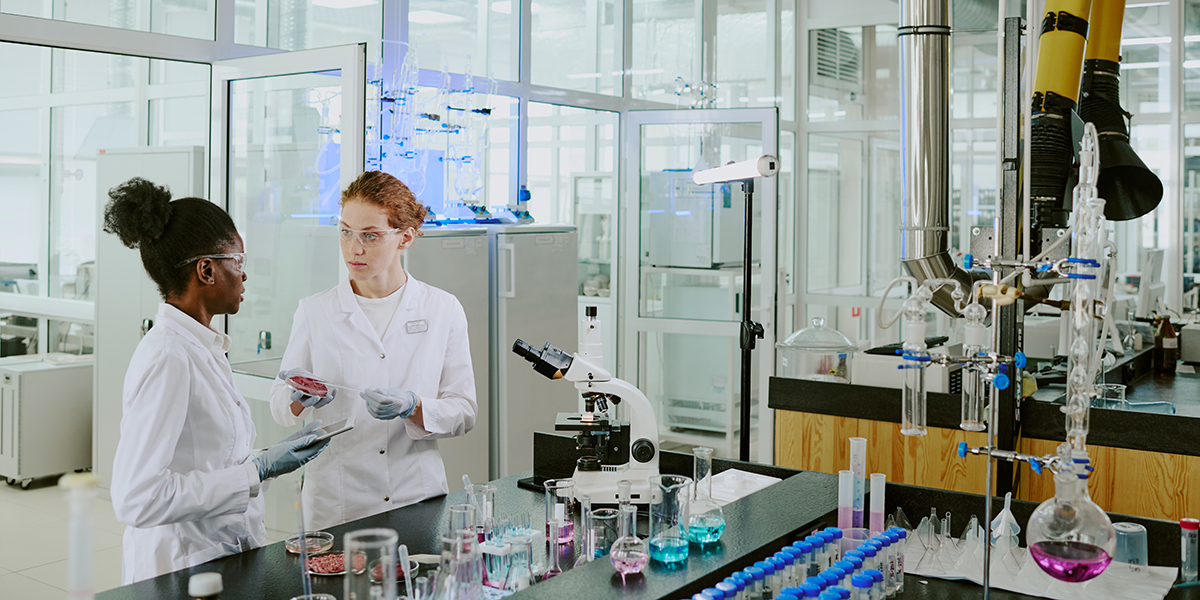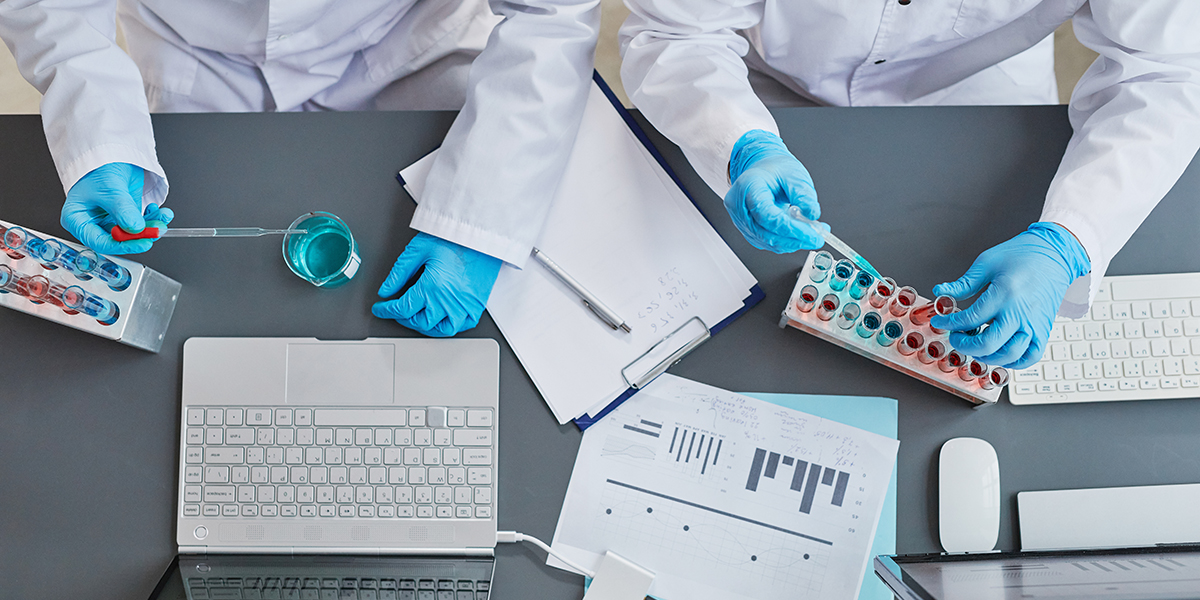Every non-clinical laboratory must have good laboratory practices to maintain consistently high standards and comply with any regulations. Good laboratory practices help you to carry out operations in a laboratory, which, in turn, ensure and maintain the safety, quality, and integrity of nonclinical labs. Here are 4 best practices for your lab and how a laboratory information management system—or LIMS—make integrating them into your lab.
DISCOVER OUR COMPREHENSIVE GUIDE ON LIMS SOFTWARE IMPLEMENTATION!
What are Good Laboratory Practices?
1. Performing Audits and Inspections
Routinely performing audits and inspections help make sure procedures are being followed, data integrity is applied, teams’ responsibilities are assigned, and more. This includes conducting both internal and external audits, allowing you to verify whether the labs’ practices are working or if changes are needed to improve procedures. External audits and inspections are performed by a third party. They research protocols, procedures, reporting, and so on.
2. Good Data Recording Practices
Good data documenting practices preserve the data integrity and accuracy of important documents and records. To avoid errors, data must be logged correctly. This includes validating what the test was, how it was performed when it was carried out, and who performed it (also who else was involved). Wrong data is detrimental to your lab. Impeccable record-keeping ensures accurate transcribing and traceability.
3. Standard Operating Procedure (SOP)
Every laboratory must set a standard operating procedure within EPA guidelines if their work involves using chemicals, radioactive, biological, or physical materials. This process is a set of written instructions that provides information in detail about how the laboratory maintains safety and effectiveness during experiments and processes. Standard Operating Procedures ensure standards are met, production is efficient, and research results are reliable.
4. Correct Use of Equipment and Instruments
If wrong or uncalibrated equipment is used, it will accumulate inaccurate data. Before any tests are performed, the equipment must be calibrated. The instrument must also be maintained and only used as intended.
How Implementing ALPACA LIMSProvides Good Laboratory Practices
The way in which data and environmental safety is generated, handled, and reported has continued to evolve with the development of a specific innovative technology called ALPACA LIMS. This software helps integrate laboratory operations into the lab itself. Laboratory operators are required to provide detailed information within a strict time limit. This pressure can easily lead to human error
ALPACA LIMS provides your lab with simplified technology that speeds up testing processes, streamlines the data management system, and minimizes human error. The system generates regular laboratory reports to identify the person working, the equipment used, and notifies you of any issues. Some of the data the ALPACA LIMS platform can collect for your lab include:
- who recorded the sample
- how was the sample attained
- who is working on the project
- outline current compliance standards
- how workers should store samples and instruments
- suggest the type of instrument for a particular stage
- workflow stages
- detailed lab backlog
Contact BTSoft to Find Out More
Every non-clinical laboratory that generates and stores large amounts of data stands to benefit from using LIMS. This technology improves laboratory operations, manages data, streamlines workflows, and enhances data quality. Implementing ALPACA LIMS will benefit your lab. BTSOFT has been in the software industry since 2002 and is committed to excellence. If you want to learn more about ALPACA LIMS request a demo today!





